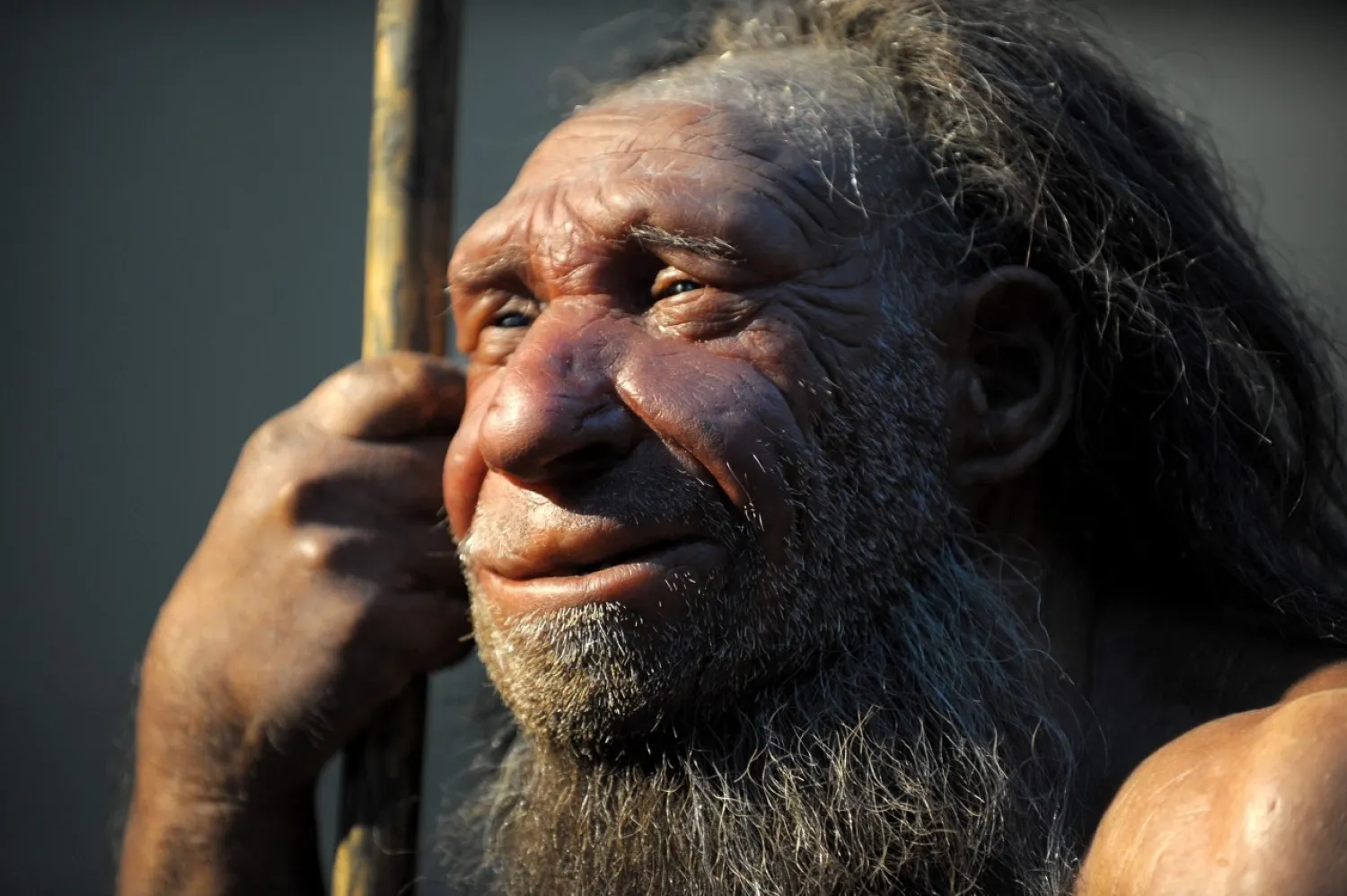Was burial of the dead practiced by Neandertals or is it an innovation specific to our species? There are indications in favor of the first hypothesis but some scientists remain skeptical. However, a multi-disciplinary team led by researchers at the French National Centre for Scientific Research (CNRS) and the Musée national d'histoire naturelle (France) and the University of the Basque Country (Spain) found new evidence.
In a recent study published on December 9 in the journal Scientific Reports, the researchers have demonstrated that a Neandertal child was buried, probably around 41,000 years ago, at the Ferrassie site (Dordogne).
The skeleton was found between 1970 and 1973, belonging to a child of around two years old. The collections associated with this specimen remained unexploited in the archives of the Musée d'archéologie nationale.
Recently, a multidisciplinary team reopened the excavation notebooks and reviewed the material, revealing 47 new human bones not identified during excavation and undoubtedly belonging to the same skeleton.
The scientists also carried out a thorough analysis of the bones: state of preservation, study of proteins, genetics, dating, etc. They returned to La Ferrassie in the hope of finding further fragments of the skeleton; although no new bones were discovered, they were able to reconstruct and interpret the spatial distribution of the human remains and the rare associated bones.
The researchers showed that the skeleton had been buried in a sedimentary layer, while the bones, which were relatively unscattered, had remained in their anatomical position. Their preservation, better than that of the bison and other herbivores found in the same stratum, indicates a rapid burial after death.
Furthermore, the contents of this layer proved to be earlier than the surrounding sediment. Finally, a tiny bone, identified as human by the proteins and as Neandertal by its mitochondrial DNA, was directly dated using carbon-14. At around 41,000 years old, this makes it one of the most recent directly dated Neandertal remains.
"This new information proves that the body of this two-year-old Neandertal child was purposefully deposited in a pit dug in a sedimentary layer around 41,000 years ago; however, further discoveries will be necessary to understand the chronology and geographical extension of Neandertal burial practices," said senior author Antoine Balzeau in a report published on the CNRS website.







